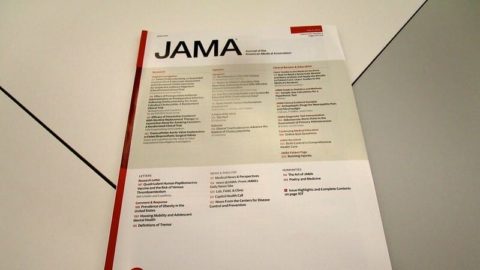It’s been a nice respite over the past few days, and it’s given me some time to reflect. There is a lot I’ve been thankful for over the first full year of Reid Strategic. I’ve been especially fortunate to have some outstanding clients.
They’re outstanding not only because they are, to a person, exceptional human beings and excellent collaborators, but also because they’ve been willing to push boundaries in how companies and brands think about and talk about value.
I’m grateful for all of you.
My main guiding principle on 340B is that all 340B content is good 340B content. The more general awareness that 340B exists, the more likely it is that people will begin looking under rocks and forming their own opinions.
Right now, when it comes to 340B, there are three kinds of people. There is a very small group of people who know about it and care about it, and have strong opinions. There’s another, slightly larger (but still tiny!) group that is tracking, vaguely and somewhat against their will. And there is a mammoth group of people who have never encountered the concept.
Most of the fighting tends to be focused on changing the minds of people in the first group, which is, tbh, the hardest and probably least-effective approach. Far easier is getting the people in the second group into the first group. And even easier is getting people in the “clueless” group to ladder up into the “vaguely tracking” category.
Anyway: I was thinking about this as I was deleting holiday email and found that my Real Clear Health newsletter on Thanksgiving had two 340B opinion links — each starting from a conservative POV but each promoting a radically different view of 340B** — right next to each other.
I was thrilled. Two op-eds! On the same day!
I took it as evidence that 340B is slowly becoming a legitimate topic for political discourse. I don’t think that would have been possible even a year ago.
I felt the same way about the single 340B line dropped into David Wainer’s Heard on the Street column for the WSJ last week, where he flags 340B reform — briefly and without any exposition — as a risk to hospitals in the Trump 2.0 era.
Is Wainer right? Is it a risk? Doesn’t matter! What’s important is that people are getting exposed.
To be clear: we’re not at the point where there is a broad and informed conversation about 340B. That’s going to take years. But we’re getting closer.
** If you’re curious, the two pieces are this one, focused on how Republicans who mess with rural hospitals in Michigan by kneecapping 340B do so at their peril, and this one, which fantasizes about Elon Musk eliminating the abuses and opacity as a part of his government efficiency push.
This is a smart piece about the struggle for broad adoption of approaches to gene therapy coverage. It touches on a lot of the hot-button issues, including outcomes-based contracting and stop-loss approach. I’m inclined to agree with ICER’s Sarah Emond, who told Bloomberg Law: “I would hate to see our system not evolve to handle these transformational, potentially curative one-time treatments, because I think that’s what we sort of deserve as patients.”
Need more 340B? I flagged the BMS lawsuit against HRSA on Wednesday, but I didn’t highlight the company’s brief statement on the legal action. It’s always telling how companies distill down the issues, and the BMS piece makes clear that this is about transparency, the IRA, “abuse,” and “large retail pharmacy chains.”
I still can’t see how importation of meds from other countries could possibly work at the state level, which is, I assume, why Florida’s effort is floundering. Sounds like an analysis done for the Virginia legislature found pretty much the same thing.
The biggest question mark around the implementation of IRA price controls has to do with whether PBMs will play games with formulary placement to drive down use of suddenly-less-profitable medicines with negotiated prices. CMS has said it will keep a close eye on shenanigans, but a new paper from the Global Healthy Living Foundation makes clear what the consequences would be if restrictive formulary placement kicks in for Eliquis and Xarelo: hundreds of millions more in patient out-of-pocket, and potentially hundreds of thousands of patients stopping treatment.
My feeling on what Trump will mean for health care has been consistent: no one knows anything. I read this whole New York Times article with the headline “Hoping for Allies Among Trump’s Health Picks, Pharma Faces Hostility,” and I still feel the same way. Does pharma really face hostility? Headline aside: nobody knows.
Cost Curve is produced by Reid Strategic, a consultancy that helps companies and organizations in life sciences communicate more clearly and more loudly about issues of value, access, and pricing. We offer a range of services, from strategic planning to tactical execution, designed to shatter the complexity that hampers constructive conversations.
To learn more about how Reid Strategic can help you, email Brian Reid at brian@reidstrategic.com.





